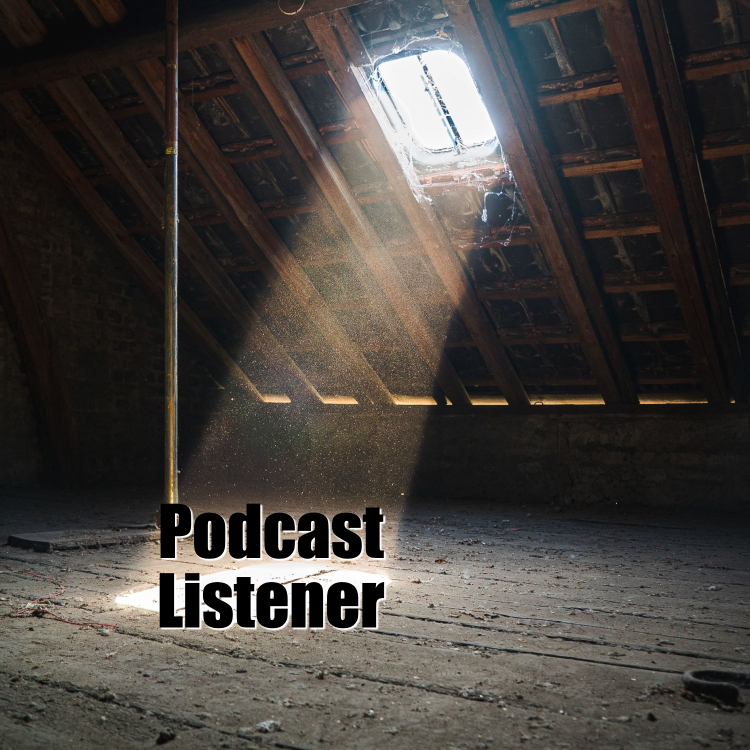In a first-of-its-kind study examining how podcast advertising performs for its biggest advertisers, compared to that of both broadcast radio and television, shows podcast audiences are not only more receptive to ads compared to the other two media, but when brands place their ads on podcasts they are increasingly reaching audiences that broadcast radio and TV are not touching.
“The younger you go with the podcast audience, the more likely these are additive net new consumers that are not currently being reached by TV and radio,” Sounds Profitable Partner Tom Webster said.
Sounds Profitable commissioned Signal Hill Insights to conduct a survey of Americans age 18 and older and the findings are based on data collected online from 2,002 people in February. For each brand, various measures were compared between weekly users and non-users of each platform. Respondents were also asked a series of questions about their perceptions of advertising in each channel.
Podcasting Pulling Apart from AM/FM Radio and TV Audiences
The cross-media study revealed how podcasting is pulling apart from the audiences for AM/FM radio and TV, especially among younger demographics. It also shows the reach of podcasting is beginning to approach that of both radio and TV, which Sounds Profitable partner Tom Webster said is from a combination of the medium gaining – especially with 18 to 34-year-olds – as well as broadcast media losing some of its reach. He said podcasts already reach half of Gen Zs.
“When you factor in all of these new younger people listening to podcasts, there’s nearly a generation separating the podcast and broadcast audiences,” Webster said during a recent webinar.
He said the average age of podcast listeners is just under 40 – or nine years younger than radio and a decade younger than TV viewers’ average age. But the gap is even wider among heavy users of each of the mediums. Podcasting’s heavy users’ average age is 37 versus 56 for radio and 59 for TV.
“It’s a significant difference, especially when you start to consider that the younger you go with the podcasting audience, the less likely they are to watch linear or television or listen to commercial broadcast AM FM,” Webster said. “The other factor is the fact that broadcast and podcast audiences are pulling apart. The podcasting audience is increasingly less reachable by broadcast media.”

Using Podcast Ads In The Right Way Impacts Reach
How the different mediums are being used, or ignored, impacts the potential reach of the three mediums. Among the 25-54-year-old age group, the data shows podcasting extends the reach of weekly radio listeners by 12% and 15% among weekly television viewers. The impact is even bigger among the 18-34 demo, as podcasts reach 18% of that age group who don’t listen to the radio and 19% that don’t watch broadcast TV.
“The podcast audience is younger, but they’re also pulling away from broadcast media,” Webster said. “So, if you have a broadcast media buy, it’s increasingly not duplicative, especially with a younger audience.”

Podcast Ads Increase Brand Consideration
The study examined the top five brands on each medium and found there is a 15% increase in the consideration for a brand among people who listen to podcasts and those who don’t. That is three times the bump that radio or TV delivered for their top five advertisers. The numbers measuring “taking action” among those exposed to an ad is even more pronounced with a 16% jump for podcast listeners versus non-listeners, compared to a 6% gain for radio and a 1% increase for TV.
“If you add in the podcast audience into a buy for even something as ubiquitous as an insurance brand, you get an audience that is more likely to be favorable, more likely to consider that brand,” Webster explained. “But also, if you add in the podcast audience to the TV and radio audience, all of these numbers come up considerably.”

Podcasting Intimacy Makes The Difference
Webster said there is a “thread of positivity” towards brands that use podcasting, which he credits to the intimacy of the format. But since some brands use prerecorded spots that mirror what is on radio and TV, he thinks there’s more to it than that.
“Podcast listeners, especially heavy listeners, are less saturated with ads in general,” Webster said. That group is also more likely to subscribe to audio and TV ad-free services. “That makes them a little bit more receptive to advertising because they’re not getting bombarded with it just by dint of the choices that they are making,” he said.

“It’s bigger than ever, even as audiences for broadcast media continue to decline,” Webster said. “But podcasting needs to do a better job of articulating to advertisers exactly what the unique benefits of this medium really are, and what podcasting can add to an advertising buy.”




